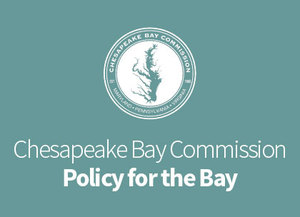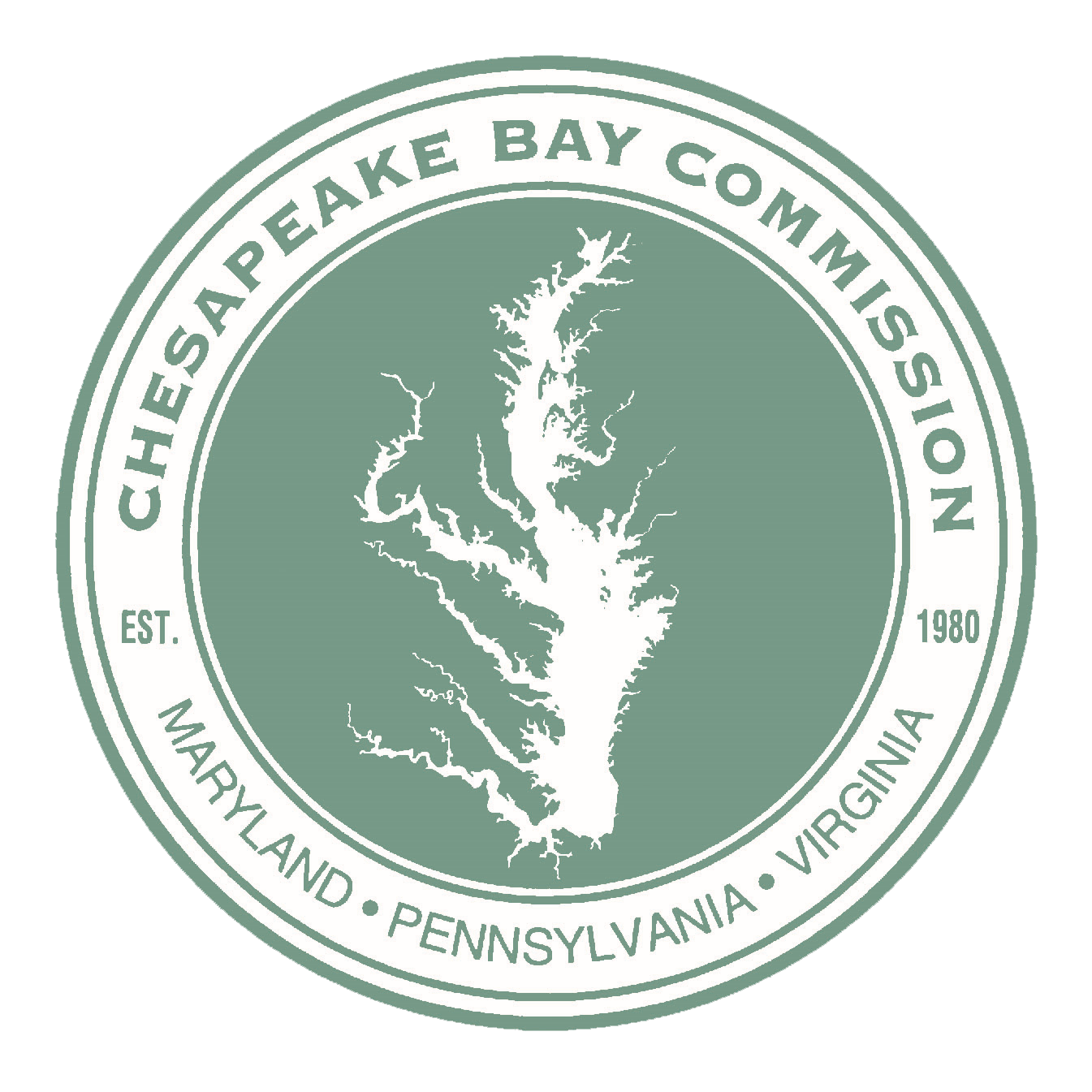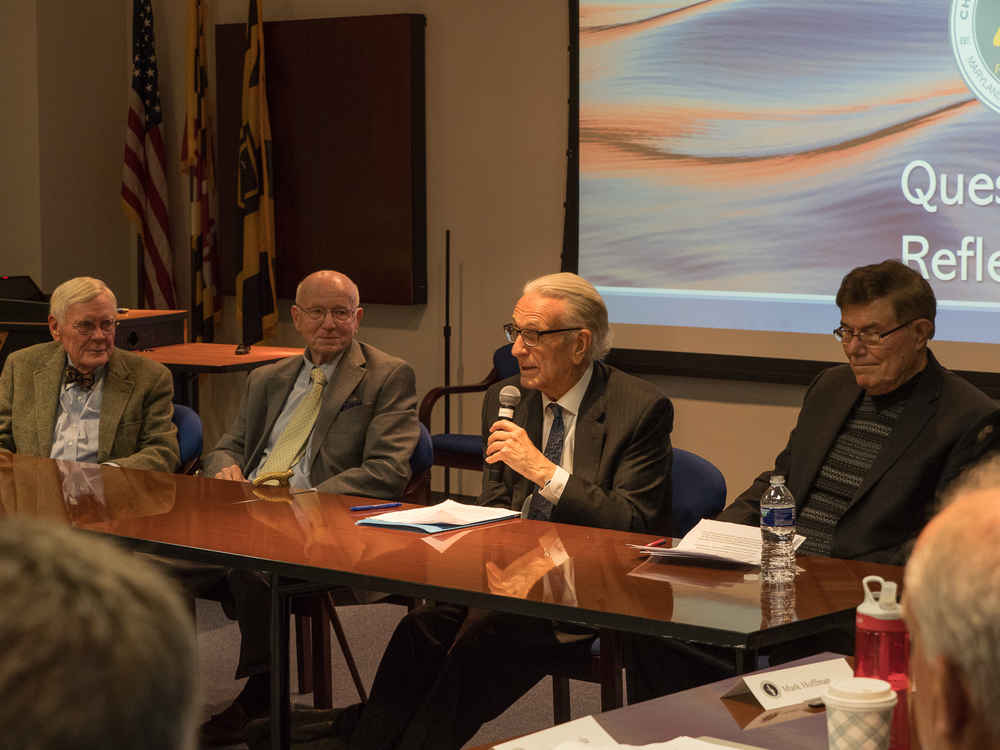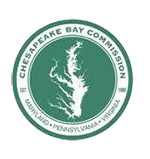The Chesapeake Bay Commission traces its origins to a 1978 study by the joint Maryland-Virginia Chesapeake Bay Legislative Advisory Commission. This body was convened to evaluate existing and proposed structures for strengthening interstate ties and better coordinating the management of the Chesapeake Bay, then first realized to be in serious environmental decline after an expensive study by the Environmental Protection Agency.
After considering several possible structures for cooperatively managing the Bay, including direct federal involvement, the Advisory Commission recommended the establishment of a bi-state Commission. It was felt that this option was preferable as it involved no federal statutory limitations, it highlighted state responsibility for the Bay clean-up and it strengthened policy linkages between the states. Furthermore, it focused legislative attention on Bay problems that had been identified by the states' executive agencies by providing timely policy advice to the state legislatures.
The history of the Chesapeake Bay Legislative Advisory Commission is relevant to understanding the role of the Chesapeake Bay Commission. The findings of the advisory commission's study -- that greater interstate cooperation was needed, that the legislatures of the states needed to be engaged, that the initiative to clean the Bay had to come from the states themselves in order to be successful -- had a direct impact on the goals and duties of the Chesapeake Bay Commission.
At the request of Pennsylvania General Assembly members, the laws in all three states were modified in 1985 to allow the Commonwealth to join as a full and equal member.




